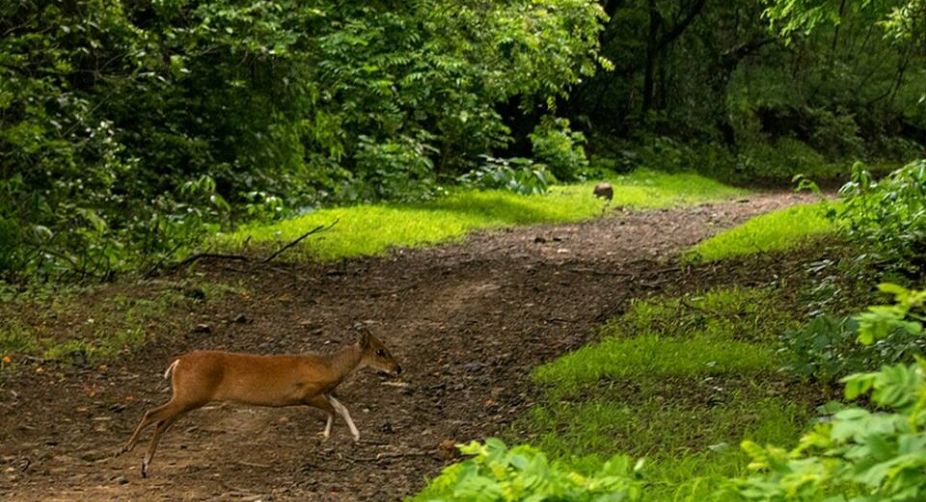The Sanjay Gandhi National Park (SGNP), located in north Mumbai and southern Thane, has been declared an “Eco-Sensitive Zone”, an official announcement said.
The ESZ will cover 59.46 square km of which 19.23 square km is lush forest land and the rest a non-forested area, according to the final notification of Union Environment Ministry.
However, an area of 1.65 sq. km land for the Mumbai Metro Rail shed has been excluded from the notification issued on Monday.
The ESZ will have a minimum extent of 100 metres and maximum upto four kms from the SGNP’s boundaries, and would serve as a buffer to further protect the already-protected area of the park.
Considering the large population of leopards in SGNP, the central government has also suggested that in the housing complexes in its vicinity, a high wall with fencing may be erected to avoid man-animal conflicts.
The move follows a draft notification issued in January 2016 seeking views from various individuals and groups from the ecological and environmental point of view to regulate developmental activities around the SGNP.
However, due to the unique location of SGNP within a bustling mega-city, any new construction within ESZ will be as per the laws of the Brihan Mumbai Municipal Corporation, Maharasthra Regional and Town Planning Act and ESZ provisions.
The SGNP spread across three districts – Mumbai Suburban, Thane and Palghar over an area of 104 square kms- is home to several species of flora and fauna, including around 800 species of flowering plants, 45 species of mammals, 43 species of reptiles, 38 species of snakes, 12 species of amphibians, 300 species of birds, 150 species of butterflies, including the world’s biggest, the Atlas Moth.
The important animals living here include leopards, wild boars, four-horned antelopes, black-naped hare, wild cats, jackals, porcupines, Indian cobras, vipers, and birds like lesser grebe, purple heron, pariah kite, among others.
The area, housing a tiger and lion safari, the origins of Mumbai’s only river, the Mithi, and the 2,400-year old Kanheri Caves complex, is visited by over two million tourists annually.
Advertisement











